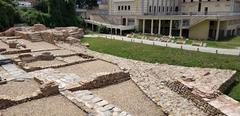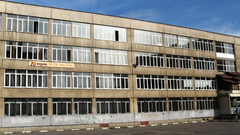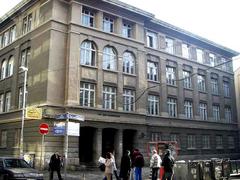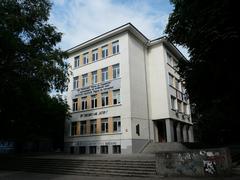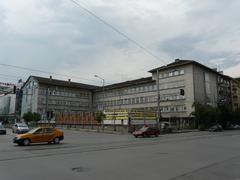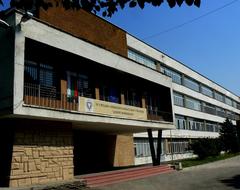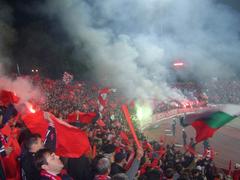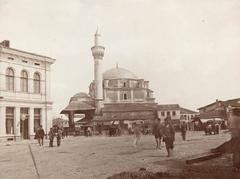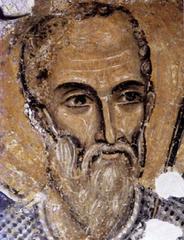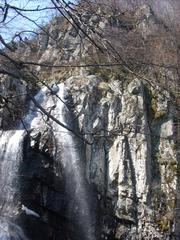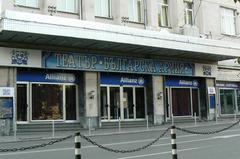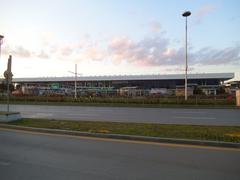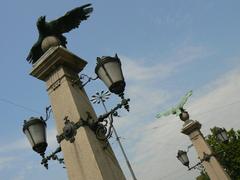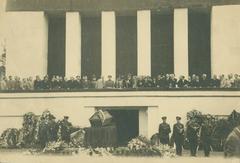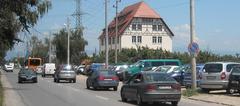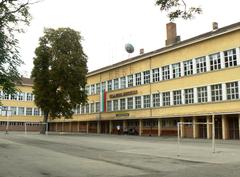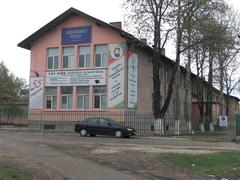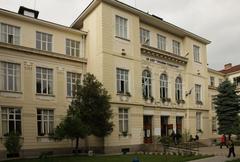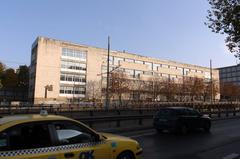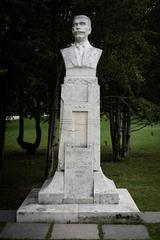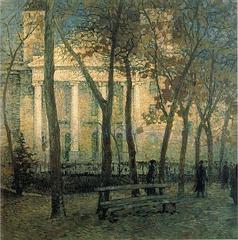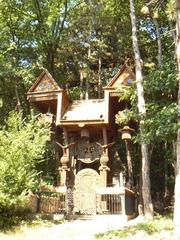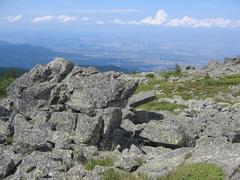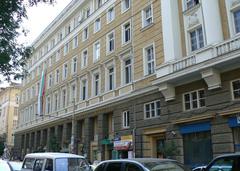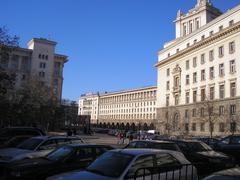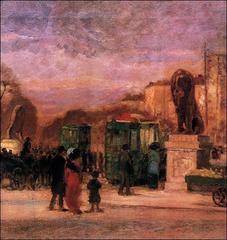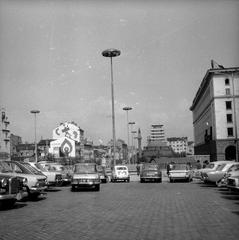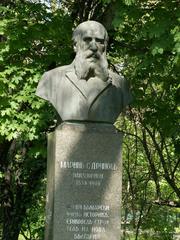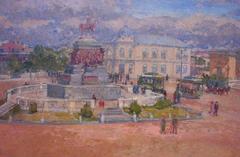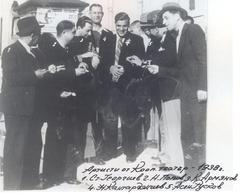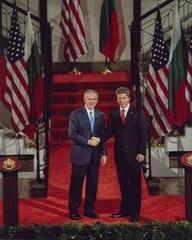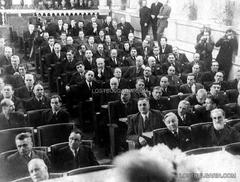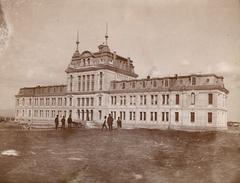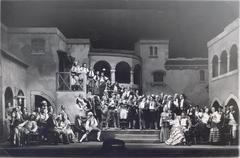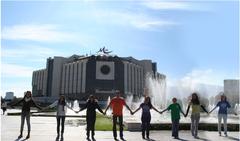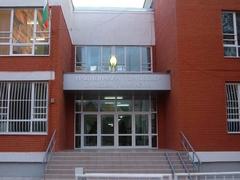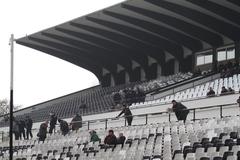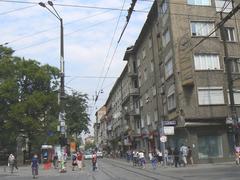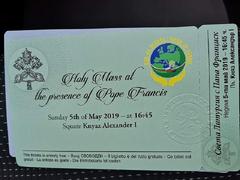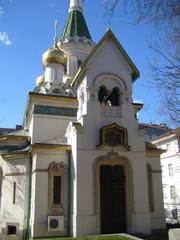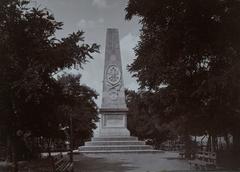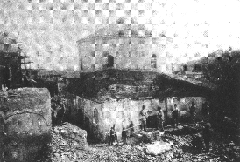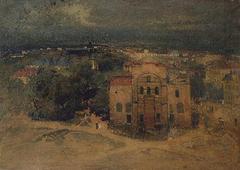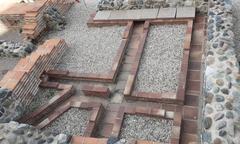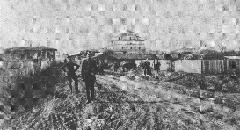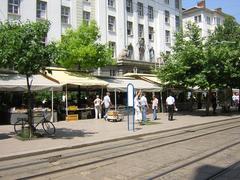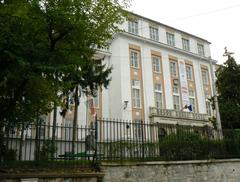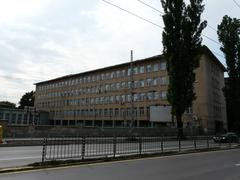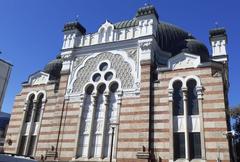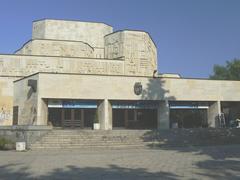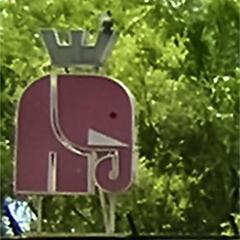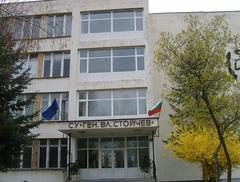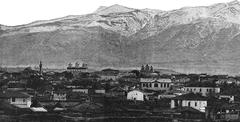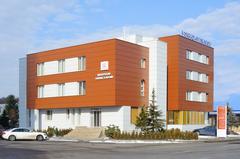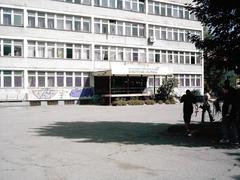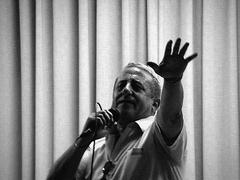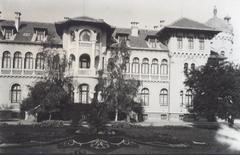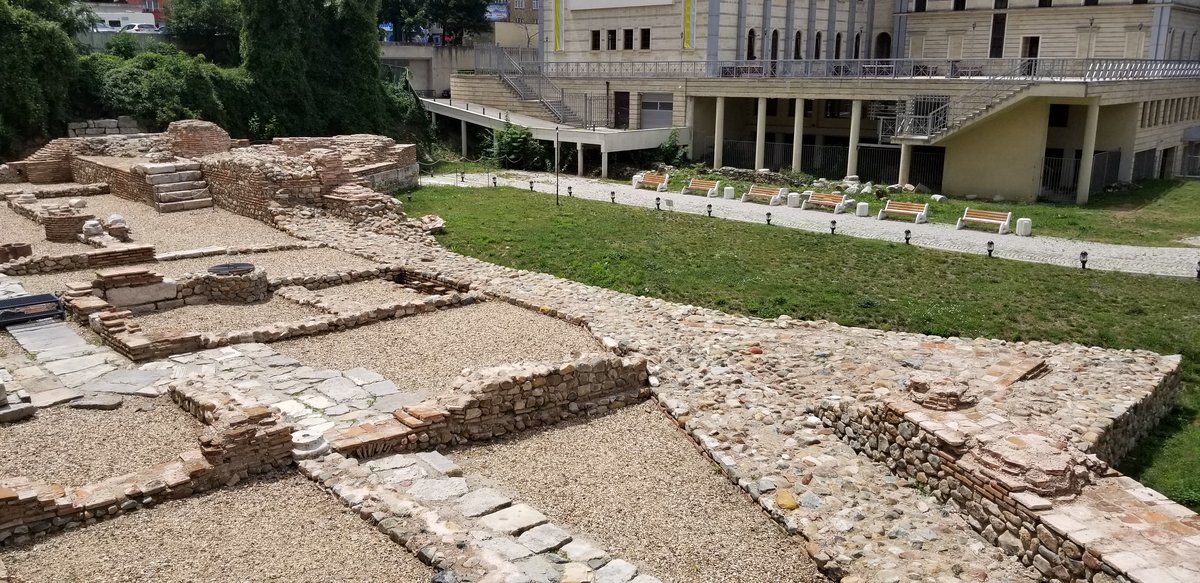
Cathedral of St Joseph Sofia: Visiting Hours, Tickets, and Historical Significance
Date: 15/06/2025
Introduction
Standing in the heart of Sofia, Bulgaria, the Cathedral of St Joseph is the country’s largest Roman Catholic church and a powerful symbol of Bulgaria’s religious diversity, resilience, and evolving architectural heritage. This cathedral is not only a spiritual home for Bulgaria’s Catholic minority but also a significant cultural and historical landmark. From its 19th-century origins and devastation during World War II to its modern reconstruction and vibrant community life today, the Cathedral of St Joseph is an essential stop for anyone exploring Sofia’s historical sites. This guide provides in-depth information on the cathedral’s history, architecture, cultural importance, visiting hours, ticketing, accessibility, tours, nearby attractions, and practical visitor tips (Visit Bulgaria; Sofia Guide; SmartGuide.bg).
Table of Contents
- Introduction
- Historical Overview
- Architectural Highlights
- Visiting the Cathedral: Hours, Tickets & Accessibility
- Liturgical Life and Community Events
- Guided Tours & Visitor Etiquette
- Nearby Attractions
- FAQ
- Conclusion
- References
Historical Overview
Origins and Early Development
The Cathedral of St Joseph traces its beginnings to the late 19th century, following Bulgaria’s liberation from Ottoman rule in 1878. The Catholic community in Sofia—comprising Croats, Albanians, Italians, and other European migrants—sought to establish a spiritual center. Construction began in 1875, led by Capuchin Father Timothy of Biella, and the original church, funded partly by Emperor Franz Joseph I of Austria, opened for services by 1880. The church rapidly became a focal point for Sofia’s Catholics, supporting not just religious life but also education and charity.
Destruction and Modern Reconstruction
During World War II, the original cathedral suffered near-total destruction in the Allied bombings of Sofia in 1944; only a concert hall and the statue of the Virgin Mary of Lourdes survived. For decades, the Catholic community worshipped in adjacent halls, keeping traditions alive under challenging circumstances.
A turning point came in 2002, when Pope John Paul II laid the foundation stone for a new cathedral on the original site. Completed and consecrated in 2006 by Cardinal Angelo Sodano, the new Cathedral of St Joseph emerged as the largest Catholic church in Bulgaria and a powerful emblem of renewal. Today, the cathedral honors its history with the preserved statue of the Virgin Mary and a design that reflects both contemporary needs and deep-rooted traditions (Visit Bulgaria; Sofia Guide).
Architectural Highlights
The cathedral’s architecture deliberately contrasts with Sofia’s Orthodox churches, favoring minimalist, modern lines over ornate decoration. The building measures 23 meters by 15 meters, with a 19-meter-high nave and a 33-meter bell tower housing four electronically operated bells. The interior is light, spacious, and serene, dominated by a 7-meter-high wooden crucifix above the altar and flanked by statues of St Joseph and St Francis of Assisi.
Natural light fills the nave through tall, narrow windows, while the preserved statue of the Virgin Mary of Lourdes provides a direct link to the cathedral’s past. Materials such as reinforced concrete and light-colored stone ensure both durability and aesthetic clarity (sofia-guide.com; e-a-a.com).
Visiting the Cathedral: Hours, Tickets & Accessibility
- Location: 125/146 Knyaz Boris I Street, Sofia, Bulgaria (Google Maps)
- Visiting Hours:
- Monday–Saturday: 8:00 AM – 7:00 PM
- Sunday: 7:30 AM – 8:00 PM
- Note: Hours may vary on holidays and during special events.
- Entry: Free for all visitors. No tickets required; donations are welcome to support cathedral maintenance and activities.
- Accessibility: Fully wheelchair accessible, with ramps, wide aisles, and adapted restrooms. Staff can assist upon request.
- Contact: +359 2 980 62 74 | [email protected] | sofiacatholic.org
Liturgical Life and Community Events
The cathedral serves a diverse congregation, with Masses offered in Bulgarian, Polish, and English:
- Weekdays:
- 6:30 AM (Polish)
- 8:00 AM (Bulgarian)
- 6:00 PM (Bulgarian)
- Sundays:
- 8:00 AM (Bulgarian)
- 10:30 AM (Polish)
- 12:00 PM (English)
- 6:00 PM (Bulgarian)
Special liturgies, concerts, and charity events are organized throughout the year, with the cathedral’s pipe organ and concert hall hosting sacred music performances (Catholic.bg; Sofia Music Weeks).
Guided Tours & Visitor Etiquette
- Guided Tours: Available by appointment in Bulgarian, English, and Polish (sofiacatholic.org/contact). Tours explore the cathedral’s history, architecture, and community role.
- Dress Code: Modest attire required (shoulders and knees covered). Remove hats in the sanctuary.
- Photography: Allowed without flash; be discreet and respectful during services.
- Behavior: Silence and reverence requested during worship. Phones off or on silent. No food, drink, or smoking inside the church.
Nearby Attractions
The cathedral’s central location makes it an ideal starting point for exploring Sofia’s religious and historical landscape:
- St. Nedelya Church: Historic Orthodox church, 200 meters away (St. Nedelya Church)
- Vitosha Boulevard: Main pedestrian and shopping street nearby
- Ancient Serdica Archaeological Complex: Roman ruins at Serdika metro (Ancient Serdica)
- National Archaeological Museum: 10-minute walk
The area is well-served by public transportation, cafes, restaurants, and hotels.
FAQ
Is admission free?
Yes, entry is free; donations are appreciated.
Are guided tours available?
Yes, in Bulgarian, English, and Polish by prior arrangement.
Is the cathedral accessible?
Yes, with facilities for wheelchair users and visitors with limited mobility.
Can I take photos inside?
Yes, but no flash and always respectful, especially during services.
What are the best times to visit?
Weekday mornings or afternoons outside Mass for quieter visits.
Are there special events or concerts?
Yes, check the cathedral’s official website or local listings for schedules.
Conclusion
The Cathedral of St Joseph is a cornerstone of Sofia’s religious and cultural heritage. Its journey from 19th-century origins, through wartime destruction, to its 21st-century revival mirrors the resilience and multicultural spirit of Bulgaria’s capital. Welcoming all visitors—regardless of faith—the cathedral offers a serene environment for worship, cultural enrichment, and historical exploration. Whether attending Mass, joining a guided tour, or simply admiring the minimalist architecture, the Cathedral of St Joseph promises a meaningful experience within Sofia’s vibrant cityscape.
For the most up-to-date details on visiting hours, events, and tours, visit the official website and consider downloading the Audiala app for interactive guides to Sofia’s landmarks.
References & Further Reading
- Cathedral of St Joseph Sofia: Visiting Hours, Tickets, Architecture & Travel Guide, 2025, Visit Bulgaria
- Cathedral of St Joseph in Sofia, Bulgaria, 2025, Sofia Guide
- Visiting the Cathedral of St. Joseph in Sofia: Hours, Tickets, and Historical Insights, 2025, SmartGuide.bg
- Cathedral of St Joseph: Official Website, 2025, Sofia Catholic Church
- St. Nedelya Church
- Ancient Serdica
- Sofia Music Weeks
For a richer experience, make use of images and interactive maps with alt tags such as “Cathedral of St Joseph Sofia exterior,” “Interior view of Cathedral of St Joseph,” and “Bell tower of Cathedral of St Joseph.” For more resources and travel inspiration, explore our related articles on Sofia’s religious and historical landmarks.
